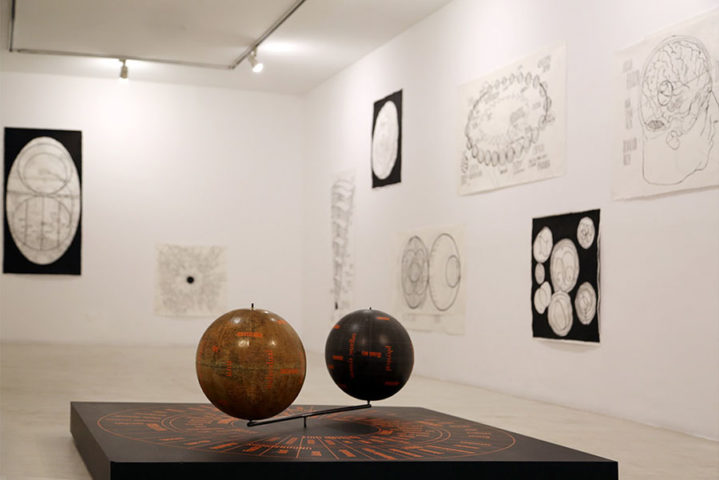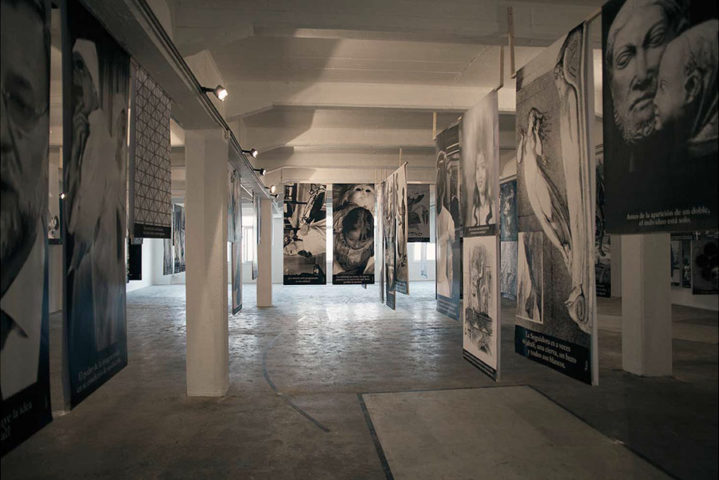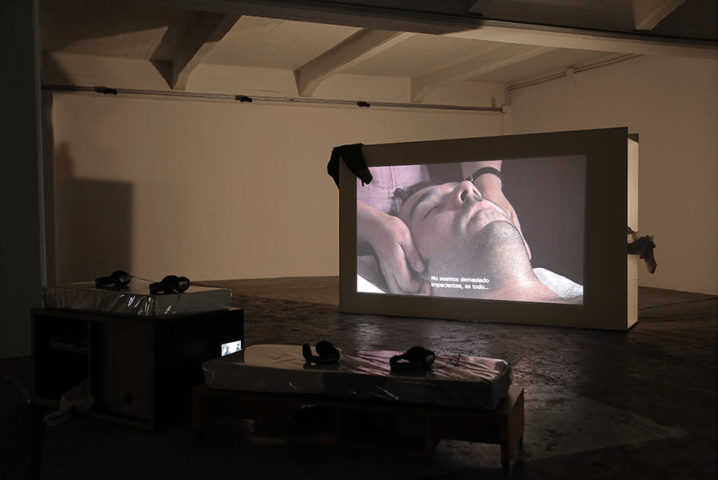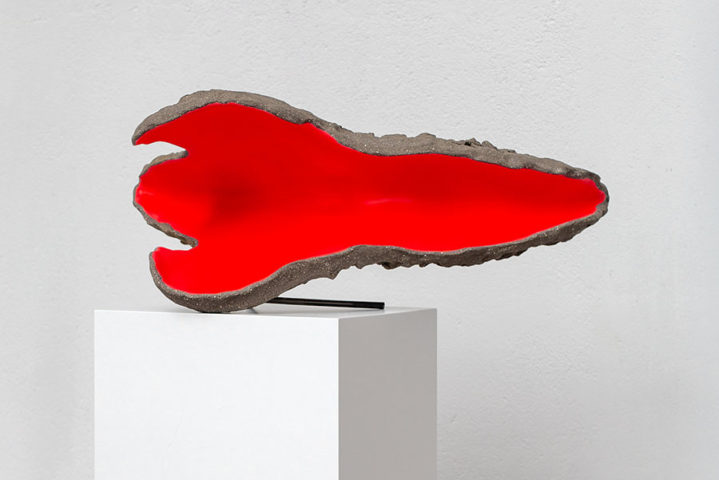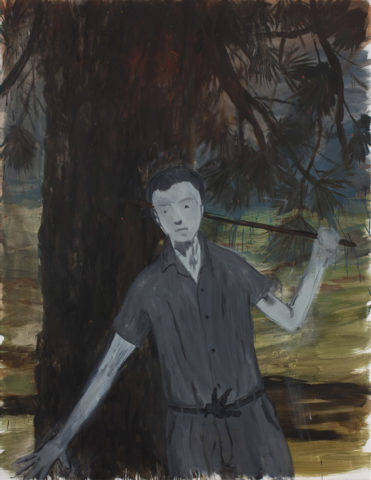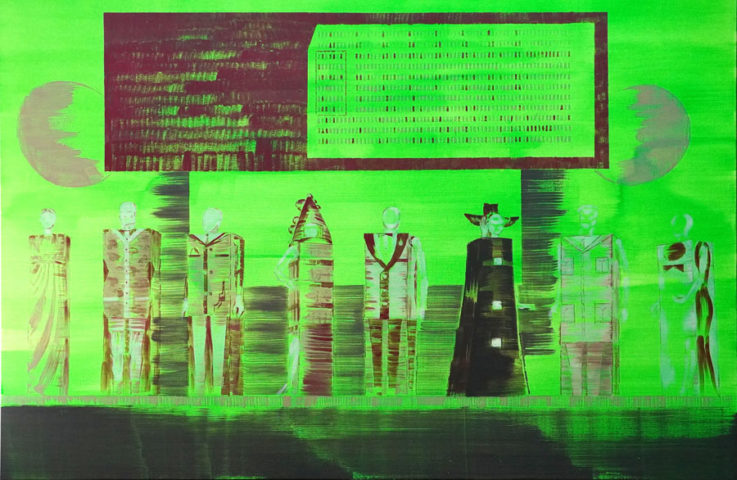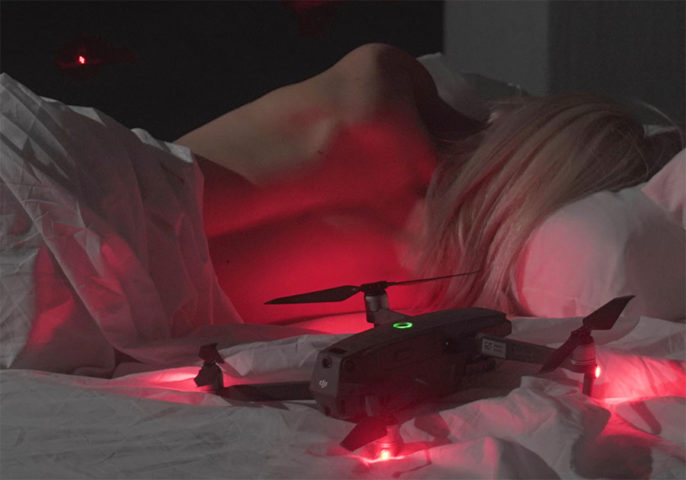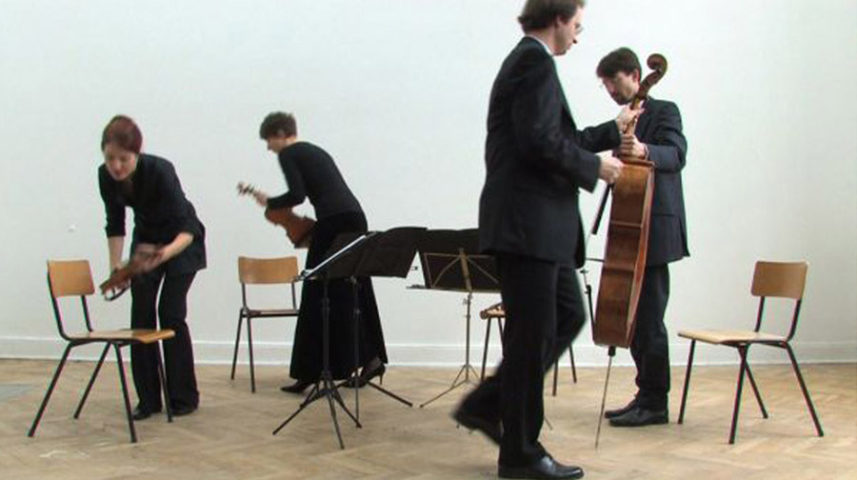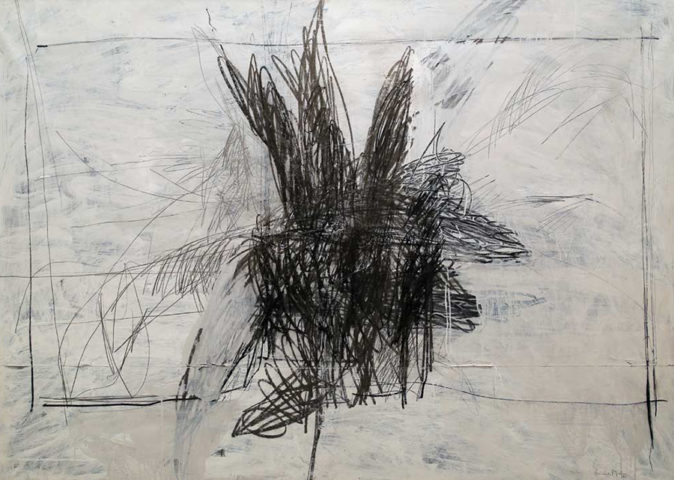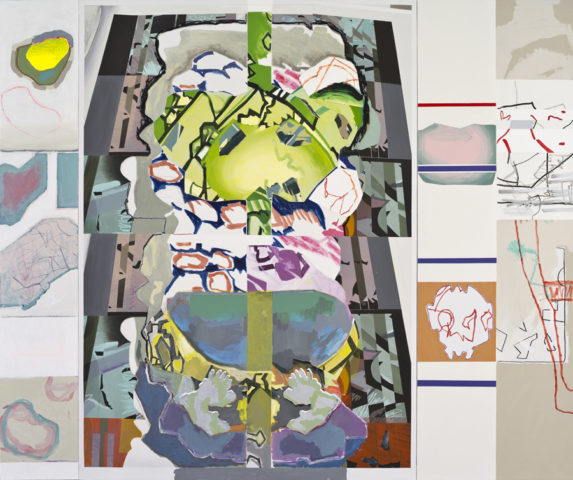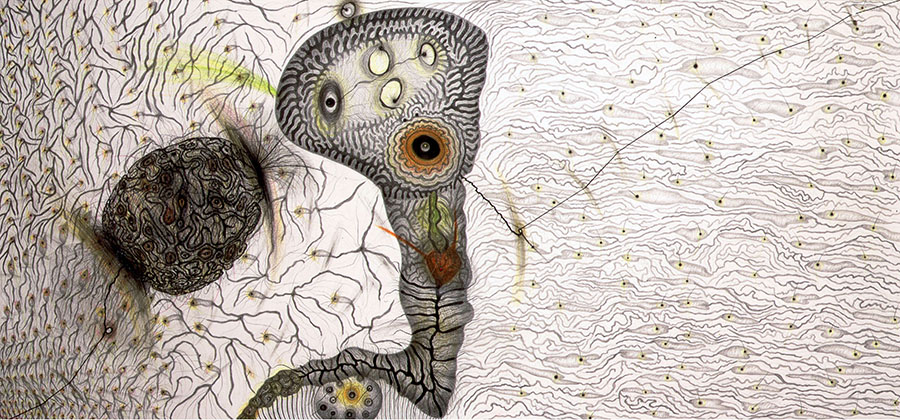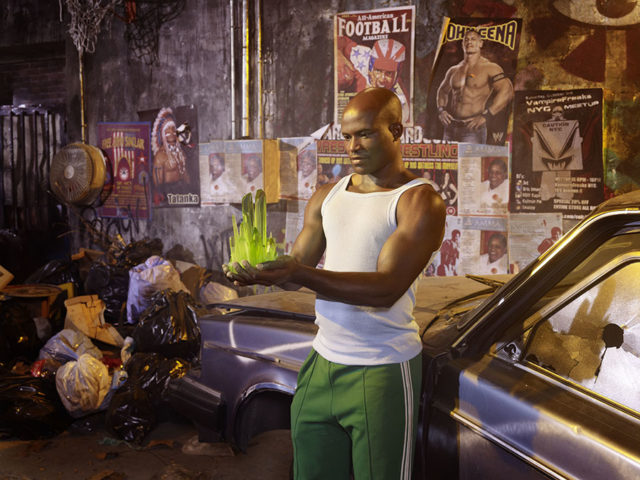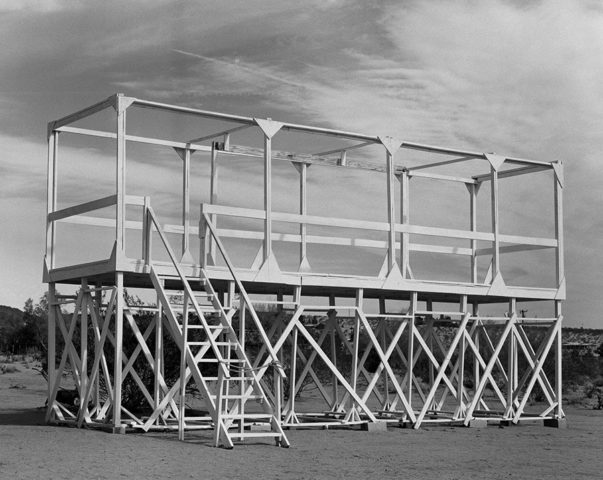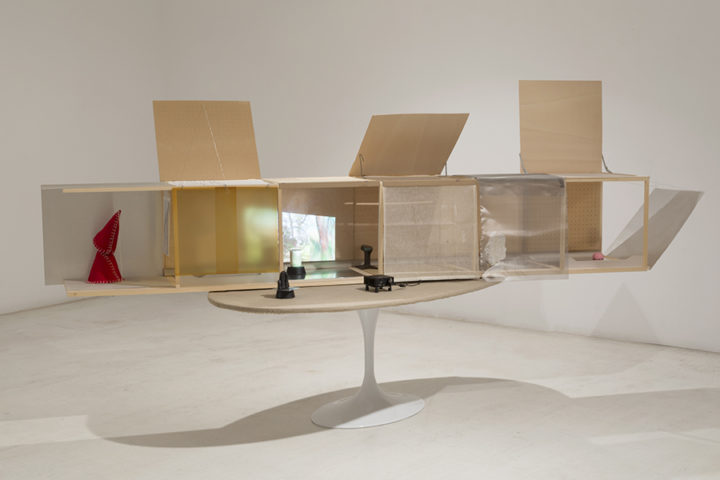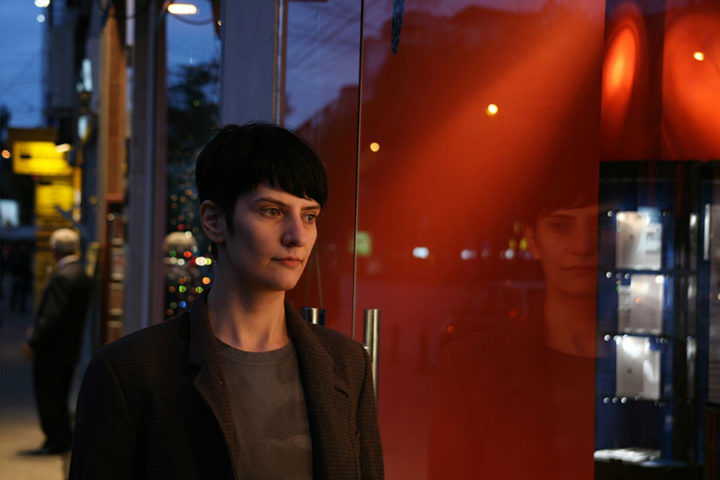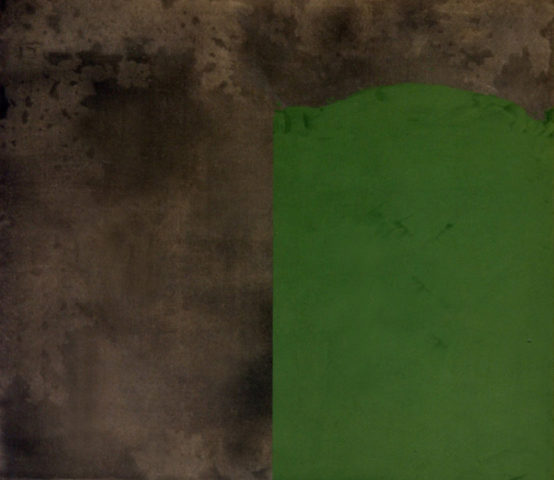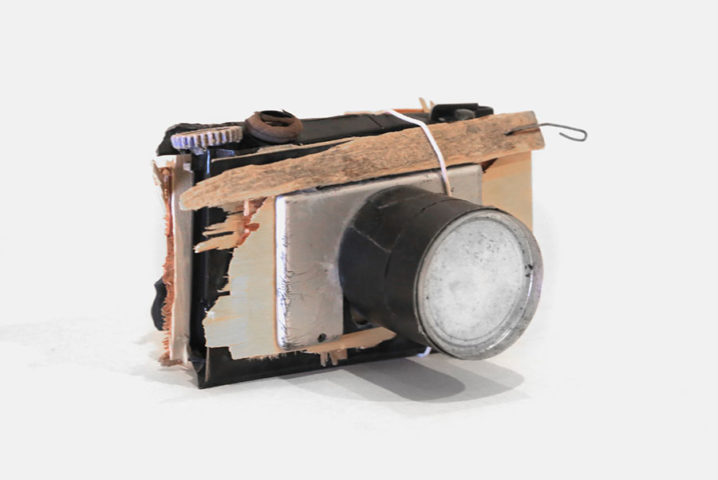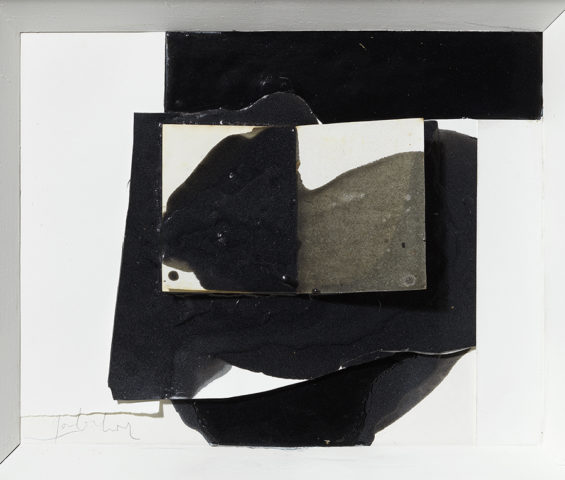There is always a suspicion behind all our actions and wills. Someone is watching us all the time from ourselves. The one who does not rest while we sleep, who looks out on the slip and reflexes, who judges us constantly, who takes us as hostages in altered states. Who is this other one?
The double is the most trenchant critique to the self-proclaimed integrity of the ego. It causes conflicts and discussions in fields ranging from the philosophical to the social. Is the double a projection of the ego or an entity with its own agenda? Who rules the subject? Is it a neural effect or a symbolic construction? Why this double never disappears? Is it a mythological question? Dichotomy or multiplicity?
The project by Erick Beltran, to be displayed in two spaces, Galeria Joan Prats and Joan Prats Warehouse, brings together works and research carried out between 2014 and 2016, as a visual essay or “Bilder Atlas” (iconic atlas), a dialogue that emulates the one established between conscious and unconscious.
Erick Beltrán (Mexico City, 1974) lives and works in Barcelona. He has participated in international exhibitions such as Bienal de São Paulo (2014 and 2008), Of Bridges and Borders, Valparaíso, Chile (2013), Tapei Biennial (2012), Biennale de Lyon (2011), Manifesta 8, Murcia (2010) and Trienal de Puerto Rico (2009 and 2004). Among his recent solo exhibitions stand The Fallen Tree, Kadist Art Foundation, San Francisco (2015), Atlas Eidolon, Museo Tamayo, Mexico City (2014), Piezas de juego, Thyssen-Bornemisza Art Contemporary, Vienna; The Witgenstein Archives/Gallery Volt, Bergen, Norway (2013), La part abyssale, Centre d’art Contemporain La Synagogue, Delme, France (2012), The World Explained, Tropenmuseum, Amsterdam (2012), Modelling Standard, FormContent, London (2010), Tolv/Zeigarnik effect, Malmö Konsthall, Sweden (2009), Ergo Sum, Museo Experimental El Eco, Mexico City (2006), Punch – Drunk, SMAK, Ghent, Belgium (2005). He has exhibited in national and international art centers such as New Museum, New York; CCA Watis, San Francisco; MALBA and Fundación Proa, Buenos Aires; Castello di Rivoli, Turin; WUK Kunsthalle Exhergasse, Vienna; Bildmuseet, Umeå, Sweden; Musée d’Art Moderne de la Ville de Paris; MACBA, Barcelona; Fundació Tàpies, Barcelona; MUSAC, León; cGac, Santiago de Compostela.
